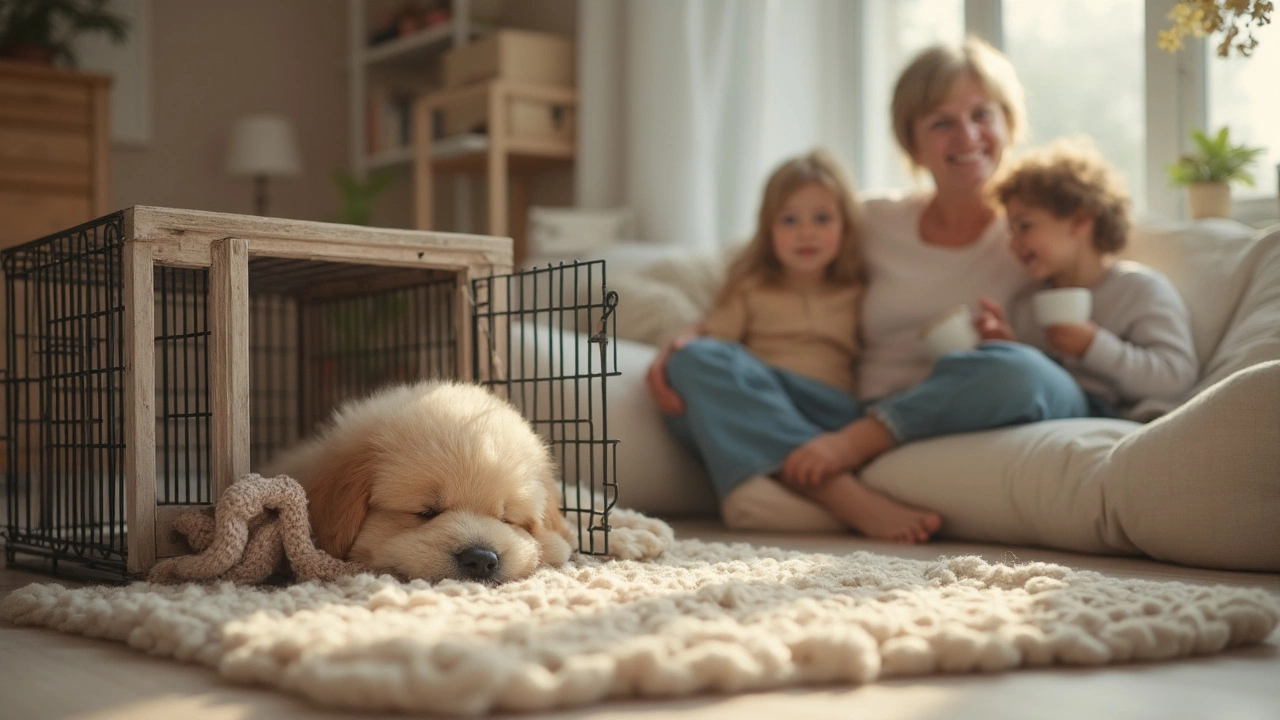New Puppy Care: Simple Tips for First‑Time Owners
Just got a wagging bundle of energy? You’re not alone – every new pup parent feels the excitement and the overload. Below are the must‑do steps that will keep your puppy happy, healthy, and less likely to chew your shoes.
Feeding and Health Basics
Start with a high‑quality puppy food that lists a real meat source first. Feed three to four small meals a day until your puppy is about six months old; this keeps blood sugar steady and avoids tummy upsets. Measure each portion with a scoop – over‑feeding leads to rapid weight gain and future joint problems.
Schedule a vet visit within the first week. The vet will set up a vaccination plan, run a basic health check, and discuss deworming. Ask about microchipping – it’s a cheap insurance policy if your explorer slips out the back door.
Don’t forget the water bowl. Fresh water should be available at all times, and a stainless‑steel bowl is easier to clean than plastic, which can harbour bacteria.
Potty Training, Sleep, and Bonding
Consistent routine beats mystery. Take your puppy out first thing in the morning, after meals, after play, and right before bedtime. Use a specific cue like “go potty” and reward with a quick treat the moment they finish. If an accident happens, clean the spot with an enzymatic cleaner – regular soap leaves scent that invites repeat visits.
Sleep matters more than you think. Puppies need 18‑20 hours of rest. Set up a crate or a small pen in a quiet corner, line it with a soft blanket, and place a toy that smells like you. This teaches the crate as a safe den and helps avoid nighttime whining.
Bonding time is any time you’re together. Short, gentle play sessions keep energy balanced; a 10‑minute fetch round or a tug toy with a quick release is perfect. Keep training sessions under five minutes – puppies have short attention spans, and you’ll see better results with frequent, positive repeats.
Watch for signs of stress: excessive barking, pacing, or chewing on furniture. If you spot these, increase exercise, mental stimulation (like puzzle feeders), and consider a calm‑down spot with a piece of your clothing.
By feeding right, establishing a solid bathroom schedule, giving proper rest, and spending focused playtime, you’ll set the foundation for a well‑behaved adult dog. Remember, every puppy is unique, so tweak these tips to fit your pup’s personality and you’ll both enjoy the journey together.
Posted By Bryndle Redding On 14 Jun 2025 Comments (0)
Should I Shut the Crate Door When My Puppy Naps? Practical Guidance for Puppy Owners
Wondering if you should close the crate door when your puppy is napping? This article breaks down the pros and cons of keeping the crate door closed or open during naps. You'll find clear tips for making crate time a positive experience, practical safety advice, and what to watch for to make sure your puppy feels secure. Learn how to spot signs of discomfort and help your puppy feel at ease with crate time. Know exactly when and why to close (or leave open) that crate door for the best rest—for you and your pup.
READ MORE